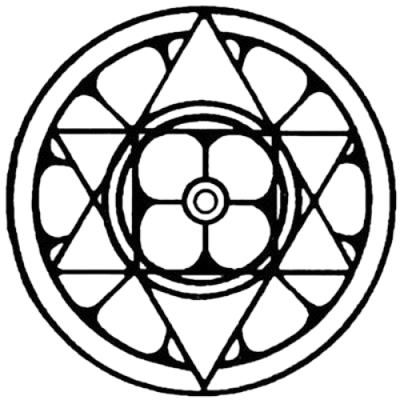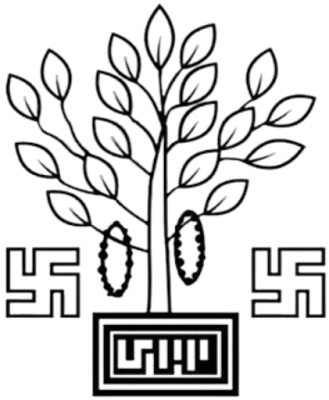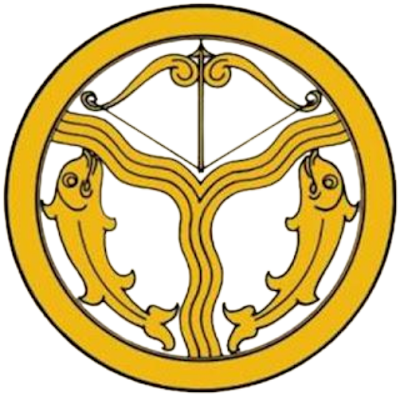SRI AUROBINDO INTERNATIONAL CENTRE OF EDUCATION

SRI AUROBINDO INTERNATIONAL CENTRE OF EDUCATION Sri Aurobindo International Centre of Education, an integral part of Sri Aurobindo Ashram, serves as a field of experiment and research in education. To give a concrete shape to his vision, the Mother opened a school for children on December 2, 1943. Since then, the school has continued to grow and experiment on various educational problems and issues. In 1959, the Mother decided to rename it ‘Sri Aurobindo International Centre of Education’. The symbol of Sri Aurobindo International Centre of Education is described as “The effective manifestation of Ishwara and Ishwari in union.”




.png)
.png)



.png)























